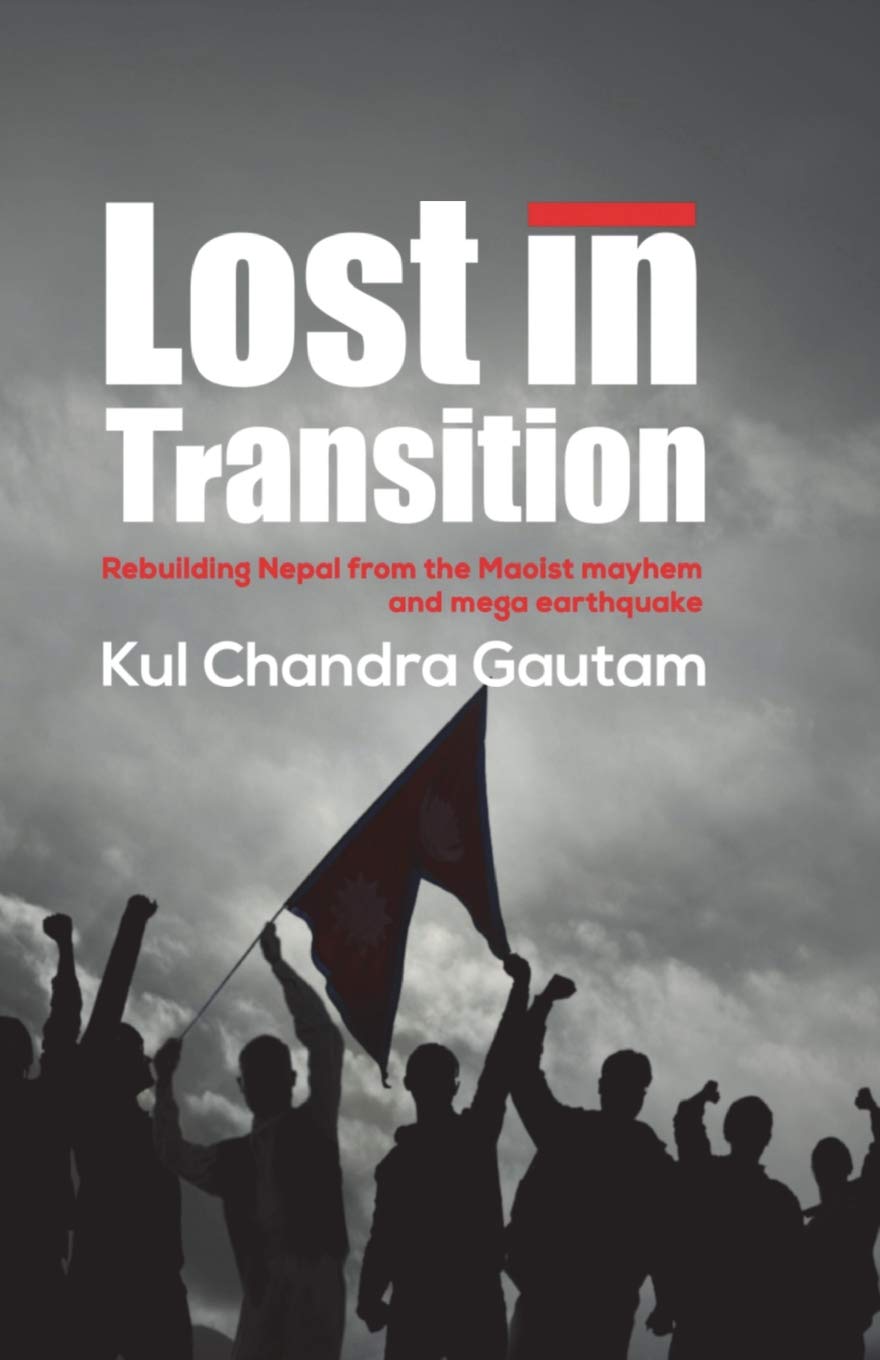
Kul Chandra Gautam’s “Lost in Transition” tackles a tumultuous period in Nepali history, offering a first-hand perspective on the challenges of rebuilding a nation ravaged by both internal conflict and natural disasters. This review will delve into the book’s potential strengths and weaknesses, considering its exploration of the Maoist insurgency, the 2015 earthquake, and the complexities of Nepal’s reconstruction efforts.
सूची
A First-hand Account of Turmoil
Gautam, a former United Nations official with deep roots in Nepal, brings a unique perspective to the narrative. His first-hand experience with the Maoist insurgency, a decade-long civil war that reshaped Nepal’s political landscape, is likely to provide valuable insights for readers seeking to understand this period. This insider’s view could prove especially compelling when contrasted with more academic or journalistic accounts.
Beyond the Headlines: The 2015 Earthquake’s Impact:
The book goes beyond simply chronicling the 2015 earthquake, a devastating event that claimed thousands of lives and caused widespread destruction. Gautam delves into the long-term social and economic impact of the disaster, shedding light on the challenges of reconstruction and the resilience of the Nepali people. This exploration could provide a more nuanced understanding of the event’s lasting effects on Nepal.
Potential Limitations and Considerations
While Gautam’s experience offers valuable insights, it’s important to consider potential limitations. Being a part of the action, his perspective could be influenced by his own biases. Readers seeking a completely neutral account might need to consult additional sources. Additionally, the book’s title suggests a focus on the aftermath of these events. Those seeking a deeper historical analysis of the Maoist insurgency might find other resources more fulfilling.
In Conclusion
“Lost in Transition” by Kul Chandra Gautam sheds light on a critical juncture in Nepal’s recent history. Gautam’s first-hand experience with the Maoist insurgency and the 2015 earthquake offers a unique perspective on these events and their lasting impact. Readers interested in understanding Nepal’s complex journey of rebuilding and navigating a period of significant change will benefit from the book. However, it’s important to be mindful of potential biases and acknowledge the book’s focus on the aftermath rather than a comprehensive historical analysis.
If you like what we are doing, consider buying from this link. This is an affliate link. Income generated from such sell is used to run this website.
 Purchase hardcopy
Purchase hardcopy

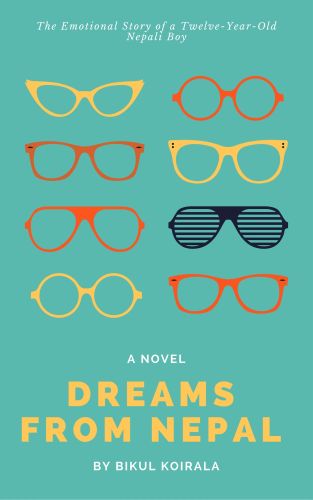
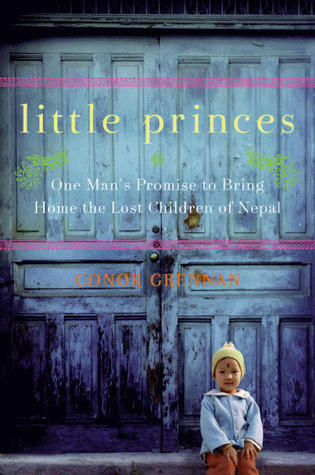
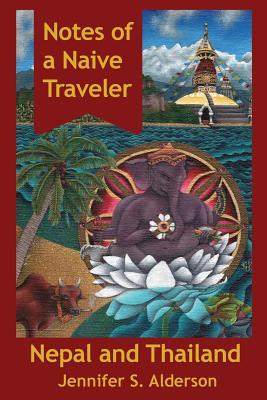
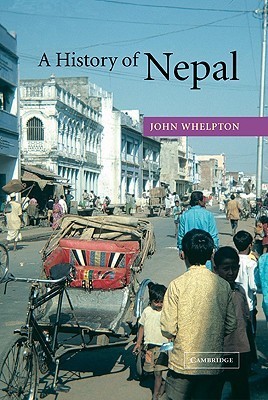
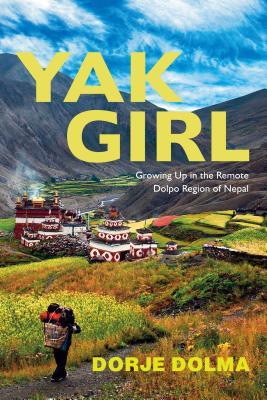
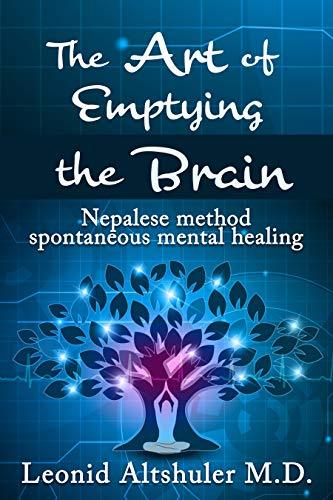
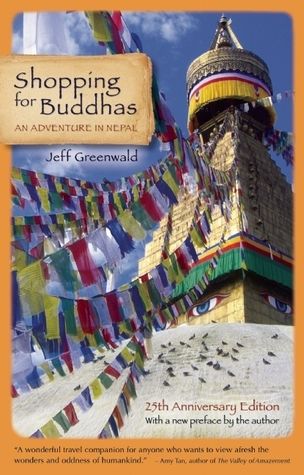
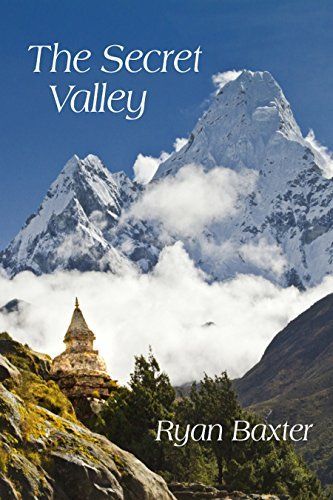
तपाईको बिचार
पहिलो कमेन्ट गर्नुहोस्!